
We get questions that made us think it is worth explaining the basics of how media covers cross country skiing, what’s the difference between writing, photo and television reporting and why does it all matter at the end.
….Once upon a time, when the xcskiing was a sport of bearded woodcutters, it was common for newspapers and television stations to just send their reporters to take a few pictures of them Nordic heroes in action and to do an interview at the finish line.
Well, things changed since then – and rather radically.
These days, the media allowed ( accredited ) at the event is firmly divided into two categories: paying and non-paying type. For reasons of political correctness it’s rarely actually called that but it does not change the fact:
Writing and photo media representatives do not pay for the right to report from the event and, in practice, there is little/no limit to the amount of accredited reporters ( unlike, say, in football/soccer where there’s a constant battle for limited amount of slots allocated to writing/photo reporters). To put it simple, three competing national newspapers could stand side by side on the stands allocated to writing media.

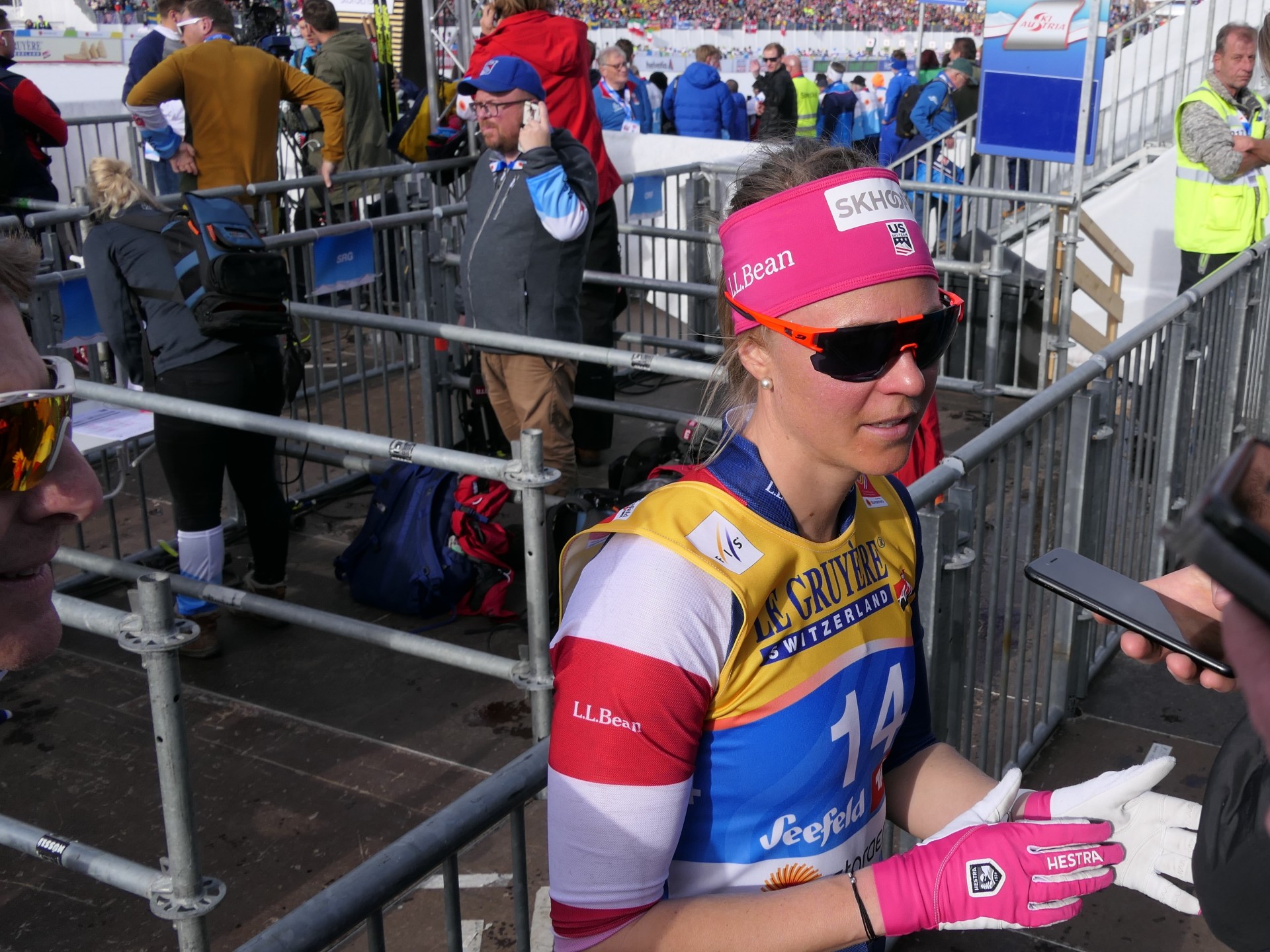
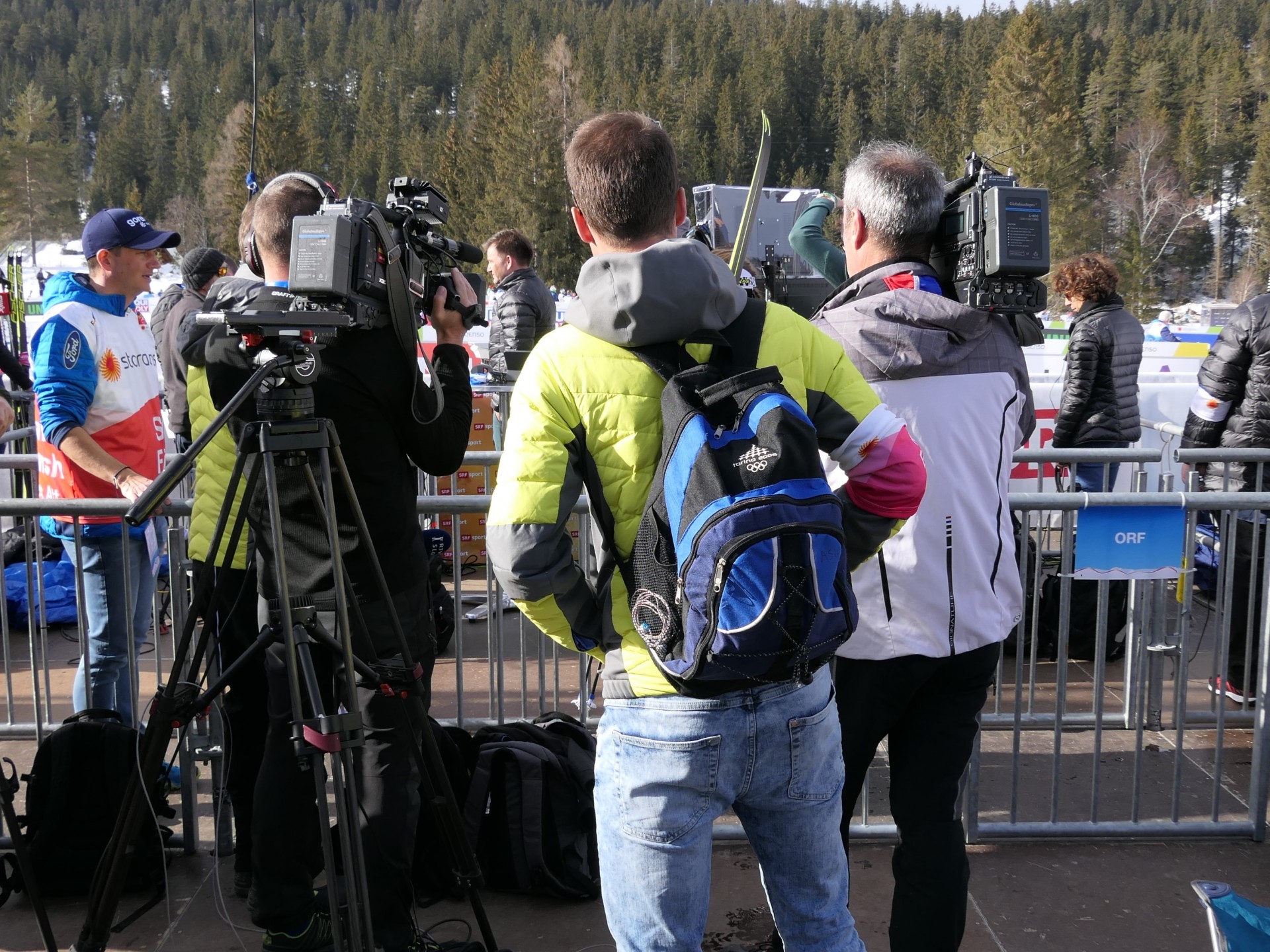
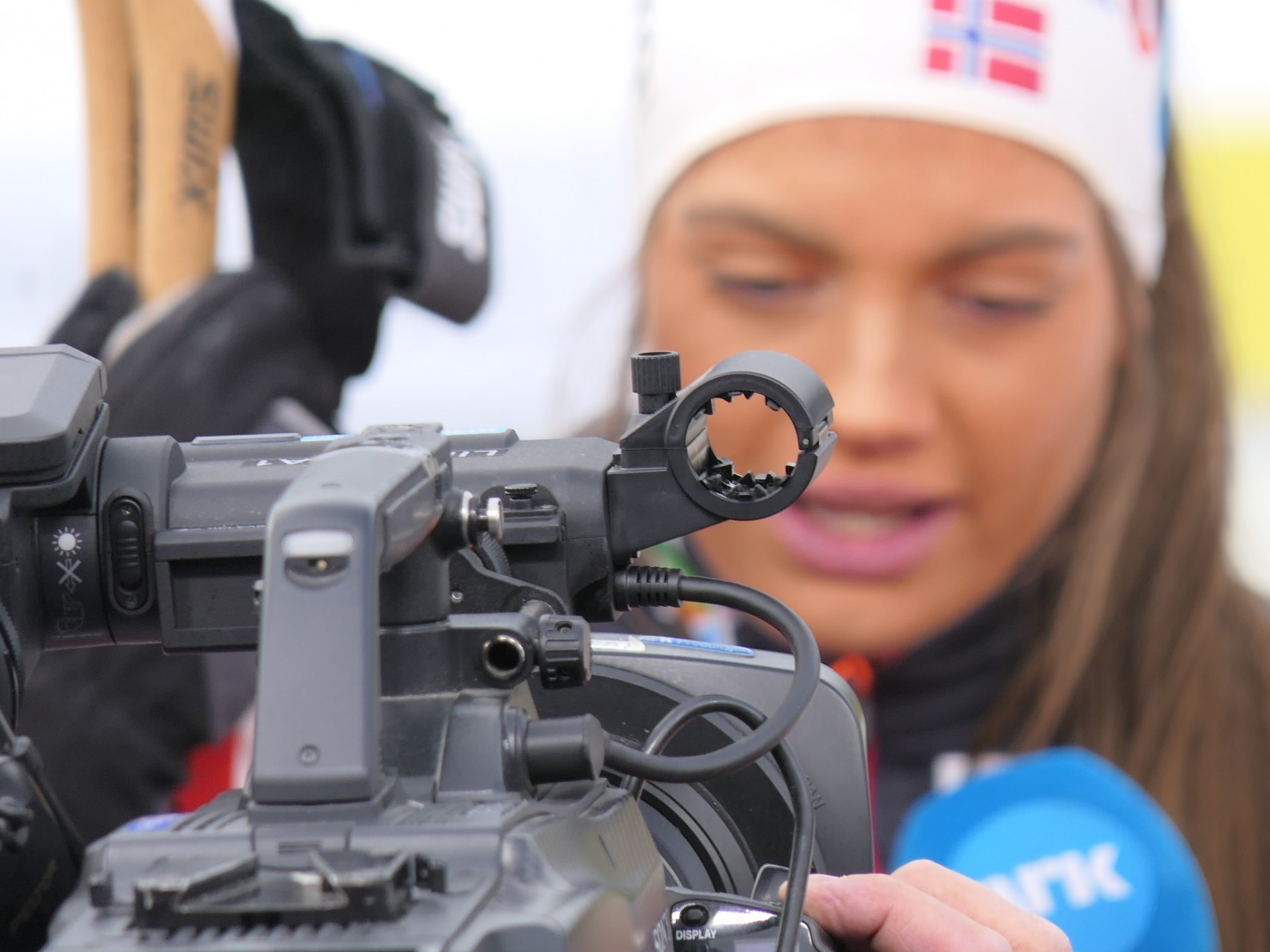
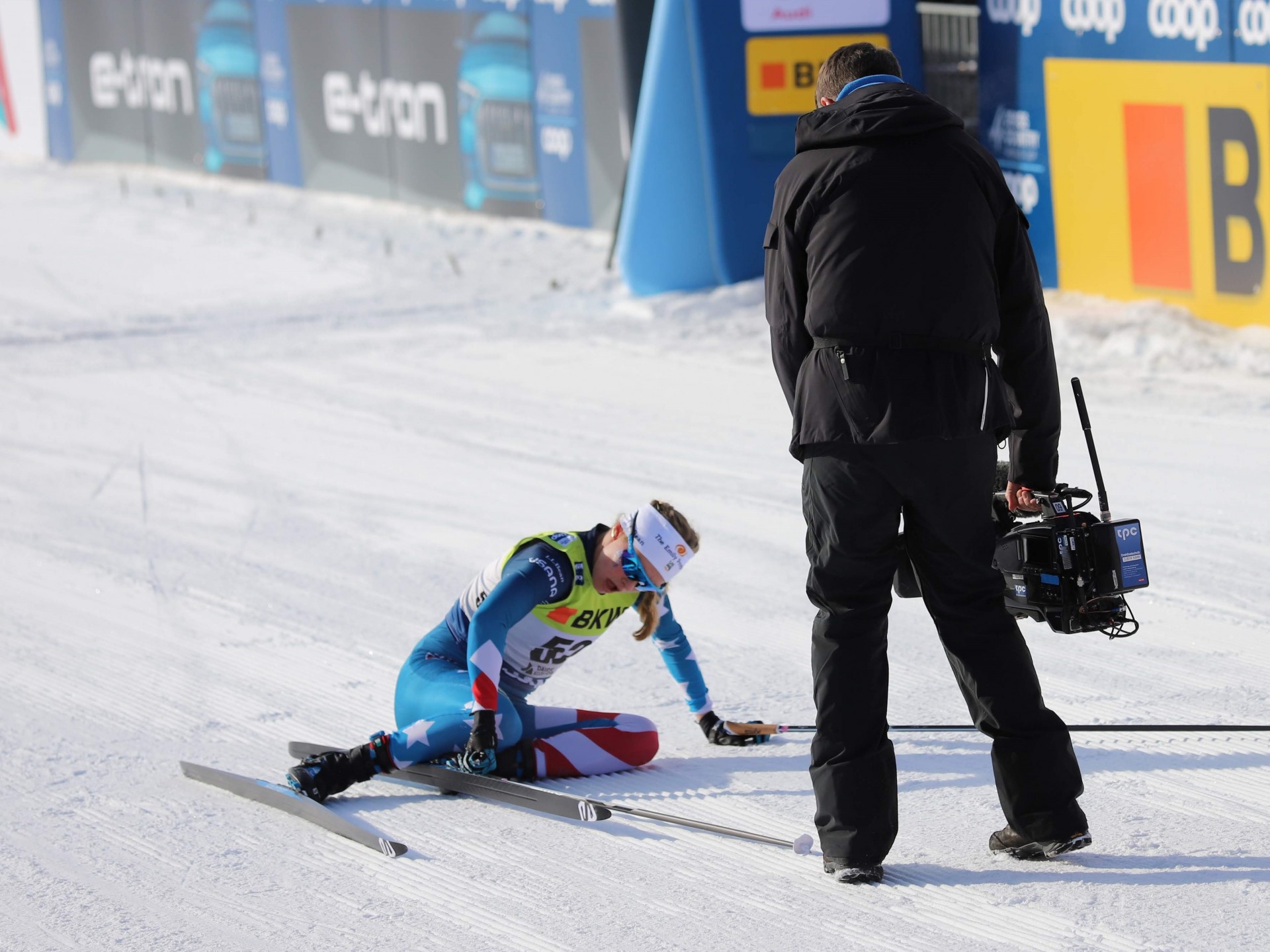
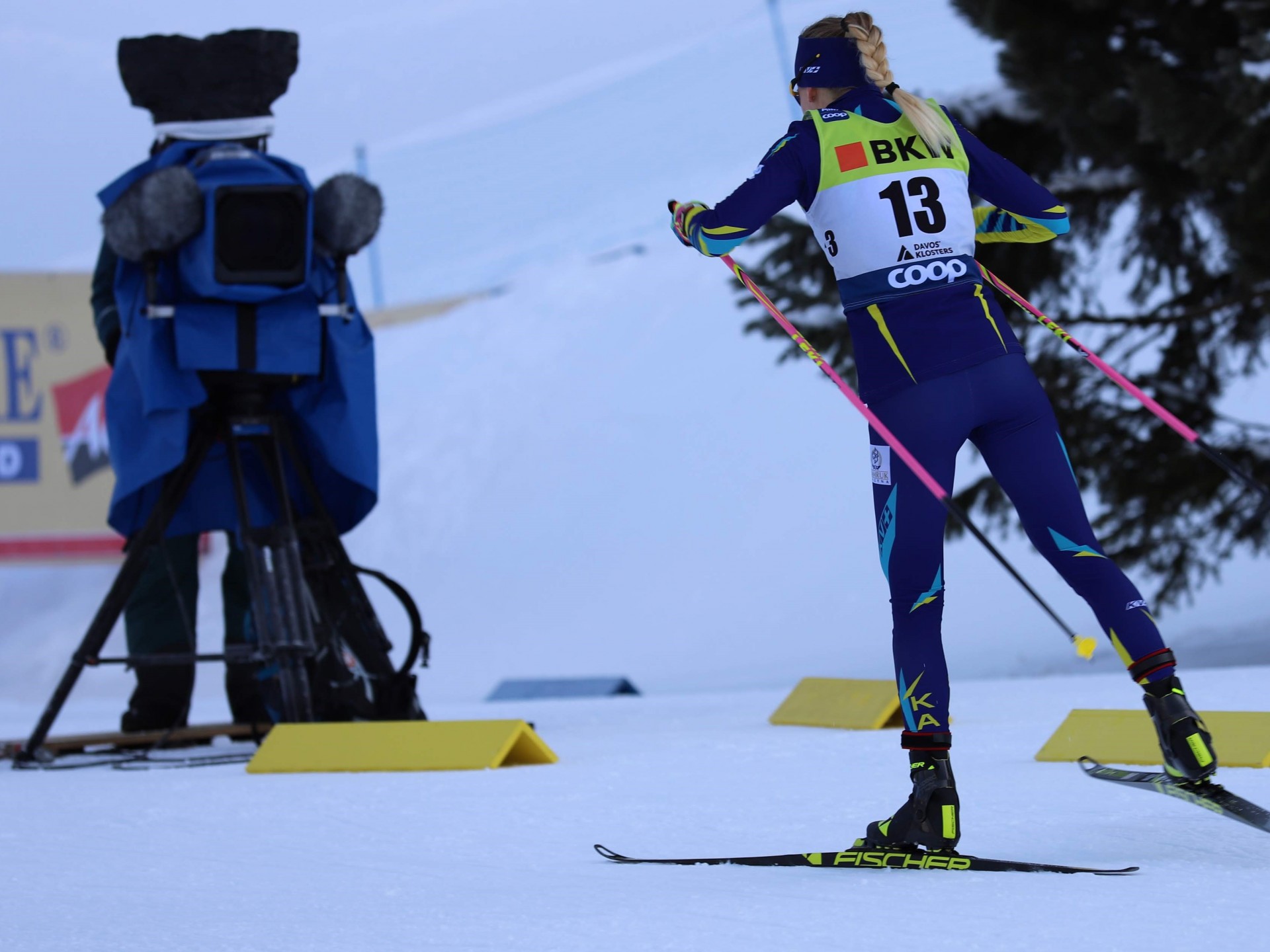
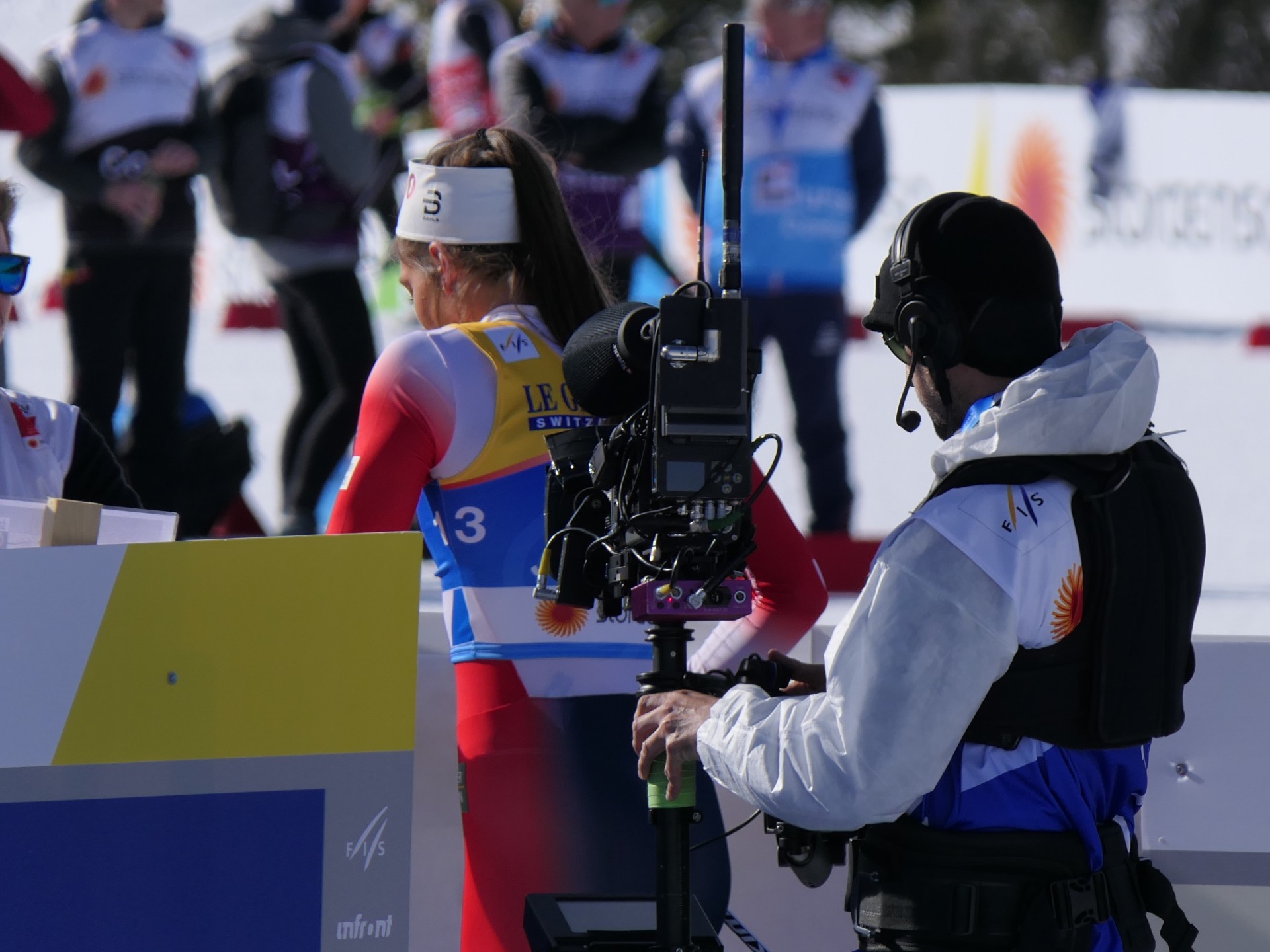
To recap:
– As you could see, the relationship between ski race organizers and writing / photo media hasn’t changed much in the last 50 years. That relationship is non-commercial in essence on understanding that the sport gets deserved publicity while media outlets improve their readership figures. Proliferation of blogging did not change it – as long as bloggers stick to texts/photos and stay away from any “moving pictures”.
– Videos of races of any kind, duration or usage platform, recorded or live, are different story altogether. It’s a commercial product that is being professionally produced by highly specialized crews, marketed and sold. Any attempts of “freelancing” there are illegal and may cause legal action.
And you know what? We believe it totally should be that way.
Somebody’s got to pay for the show. And when we say “show”, it’s not just a television product that we all get to see eventually – it’s that actual race organization, tracks being prepared, athletes being paid in money ( prizes) and in kind ( hotels/travel) etc. etc. Local race organizers could only cover a portion of expenses and stand ticket sales are still paltry outside some of the biggest events. So, broadcasting rights are there to be sold and to cover the costs, period. Break that wheel – and the skiing will go the way of, say, orienteering – great sport but utterly amateur, non-televised and generally ignored by the media.
So, television is a king. Which is nothing new in professional sport – check out how much, say, the EPL gets in television rights sales compared to every other source of income.
But how does the complex, intricate world of television rights works when it comes to the international skiing? Well, we shall address that in our next story on the subject. Stay tuned.
Related Posts
- Move over, NRK, SVT etc. – new broadcaster steps in
- Yelena Vyalbe: For Olympics 2026 We Will Prepare In Caucasus Mountains Rather Than Alps
- Beijing Olympics ski tracks – what are they like? Tough with a capital T , says the man in the know
- Davos where top talent congregate this week
- You know who won in Ruka today. Now meet their significant others
